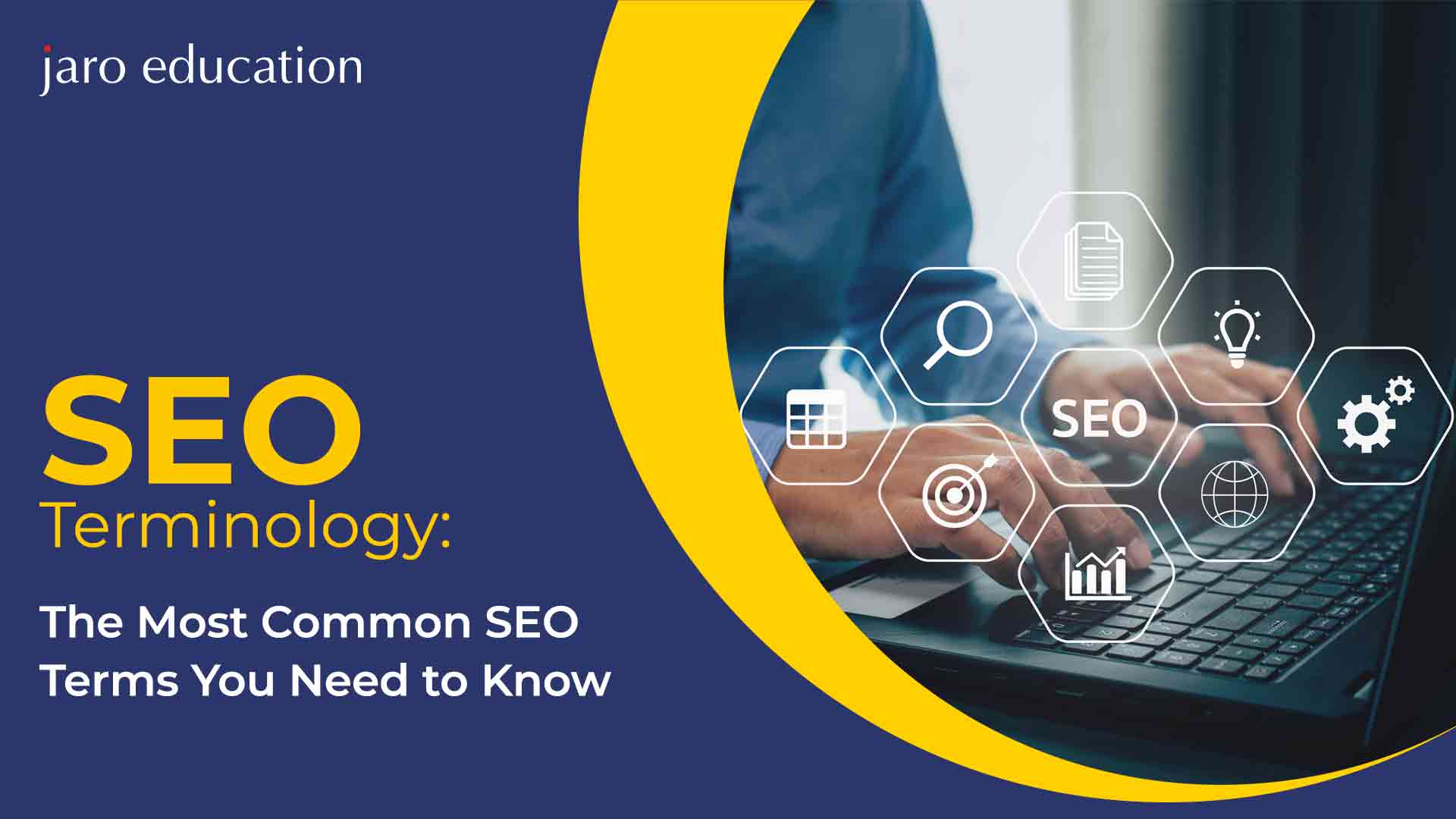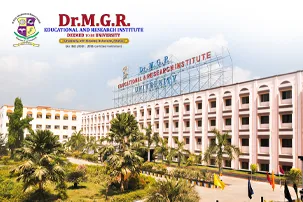Welcome to the world of SEO! SEO, or search engine optimisation, is the practise of optimising your website and content to increase the visibility of your website in search engine results. To the most out of your SEO efforts, it’s important to understand what is SEO in digital marketing and the key terms associated with SEO. This blog post will provide a brief introduction to the most commonly used SEO terminology.
First and foremost, SEO involves optimising your website’s content for search engine algorithms. This includes optimising the title, keywords, and meta tags of web pages in order to make them more relevant to search engines. Additionally, link-building and content marketing are important components of effective SEO. Link building involves building relationships with other websites, increasing the number of backlinks to your website, and improving the quality of inbound links. Content marketing involves creating high-quality content that is useful to your target audience, and that is optimised for search engine algorithms.
Finally, SEO also involves tracking and analyzing data to determine the effectiveness of your efforts. This includes tracking website traffic, as well as analysing the performance of keywords and content. By understanding and utilising key SEO terminology, you can ensure that your website is properly optimised and that you are getting the most out of your SEO.
In this blog post, we will be explaining in detail the SEO terminology that one should know.
301 Redirect/Redirection
Digital marketers put 301 into action when a web page is deleted or doesn’t exist. When a user clicks on such a page, which at that point in time doesn’t exist, it redirects visitors to a totally different page. It enhances the website’s user experience and ranks pages quite well.
404 Not Found
The 404 Not Found pops up when the page no longer exists. It also happens when 301 Redirect is not put in place. Therefore, make sure you put 301 Redirect in place to avoid disappointing user experience.
Alt Text or Tag
Search engines don’t know what you are uploading or updating. For this, you must add Alt Text or Tag to any element. For instance, if you are uploading an image, you must add Alt Tag to it so that search engine bots can identify what it is.
Analytics
On the website, tons of activities happen; a user visits, clicks, switches pages or takes action. All these activities get recorded and used for analysis in the future. Google Analytics is the platform where all the data is recorded. The data includes website traffic, users, revenue, traffic sources, site goals, and user behaviour. To run SEO campaigns, you will need this data to read and implement actions accordingly.
Algorithm
Google has its own algorithms that factor more than 300 different signals for calculation and reasoning.
Anchor Text
When a word or phrase is linked with a URL that directs to another page of the same or different domain is called Anchor text. The linked text is visible in a different colour than other texts in the article.
Black Hat SEO
The tactics that are illegal and aren’t approved by Google’s algorithm are known as Black Hat SEO. Hiding texts on the website, purposely stuffing keywords, inappropriate link building, and cloaking are several examples of Black Hat SEO. Google penalises such tactics, which results in losing authenticity and ranking.
Canonical Tag
HTML markup that has been added to a website that is not regarded as an authoritative page. When a URL is supplied in a canonical tag, search engines are instructed to consider that URL to be the authoritative and preferred version of the page, forwarding link juice and rankings to that URL.
Click Through Rate (CTR)
It counts the clicks that users perform through the organic or paid search results. CTR evaluates title and description performance.
Conversion
When a user clicks and buys goods or books a service is called a conversion. It is the final objective for which the business creates a website.
Content Management System (CMS)
An application that manages digital content in a collective way is called Content Management System.
Google Bot
It is also called a spider or crawler that ensures the indexing of new and already existing pages on the website.
H1
The biggest font on the page is Heading 1. It includes the main keyword, and an article revolves around the main keyword.
HTML
With Hypertext Markup Language, the content, graphics, links, and images are created on the website.
Keyword Stuffing
It is one of the black hat SEO tactics that include unnecessary stuffing of keywords onto a web page or website to manipulate the crawlers and take ranking advantage.
Landing Page
Landing pages are the ones that contain compelling call-to-action buttons. It is the page that persuades users to take action.
Link Building
It includes taking links from a higher authority website than yours to build a reputation on Google and let the search engine crawlers know about the authenticity of your website.
So, these are some SEO terminologies. Now let’s talk about the brownie point that we discussed in the introduction. It is all about introducing you to the institute that can help you become a digital marketer. It will also teach what SEO is in digital marketing.
How to Get Enrolled in an Online Digital Marketing Course?
Firstly, you must get yourself enrolled in a well-known institute that teaches digital marketing. In our opinion, IIM Visakhapatnam is one of the best institutes to complete your online digital marketing course.
The details of the Post Graduate Certificate in Digital Marketing & Growth at IIM Visakhapatnam are as follows:
How to Apply?
- Get a bachelor’s degree from a well-known university
- 1 year of work experience after graduation
How Long Does the Programme Last?
- 9 months
What are Digital Marketing Certificate Criteria?
- 70% attendance
- 50% in the assessment taken by IIM Visakhapatnam
Programme Highlights:
- 150 hours of learning
- Practical sessions
- Case study analysis
- 3 days of campus involvement
| Salary Structure of Digital Marketers | |
| Associate Director | 32 Lacs Per Annum |
| Digital Marketing Executive | 32 Lacs Per Annum |
| AGM Digital Marketing | 33 Lacs Per Annum |
| Director | 33 Lacs Per Annum |
| Director Digital Marketing | 38 Lacs Per Annum |
Source credit: https://drive.google.com/drive/folders/1MSZ74_sqTTN_bA5WKHOYzjUEp2-RTjLy
Conclusion
Digital marketing programs do teach such terminologies, which is why you must get enrolled into one. You get a certificate post-completion of the course. You can present this certificate at the time of the interview, which increases the chances of selection.





